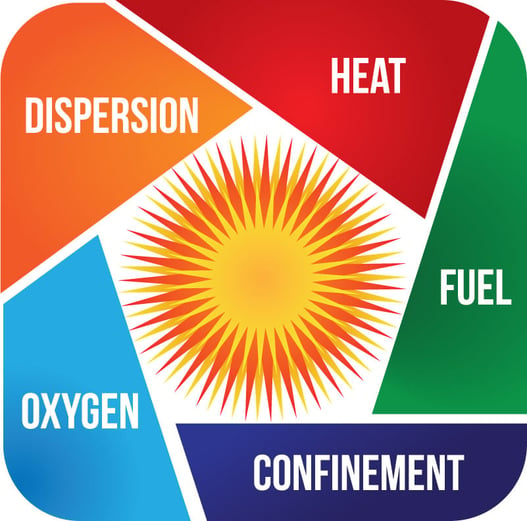What is a Hazardous location?
In electrical and safety engineering, hazardous locations (HazLoc, pronounced haz·lōk) are places where fire or explosion hazards may exist. Sources of such hazards include gases, vapors, dust, fibers, and flyings, which are combustible or flammable.
Electrical equipment installed in such locations could provide an ignition source, due to electrical arcing, or high temperature. Standards and regulations exist to identify such locations, classify the hazards, and design equipment for safe use in such locations.
A light switch may cause a small, harmless spark when switched on or off. In an ordinary household this is of no concern, but if a flammable atmosphere is present, the arc might start an explosion. In many industrial, commercial, and scientific settings, the presence of such an atmosphere is a common, or at least commonly possible, occurrence. Protecting against fire/explosion is of interest for both personnel safety as well as reliability reasons.
Several protection strategies exist. The simplest is to minimize the amount of electrical equipment installed in a hazardous location, either by keeping the equipment out of the area altogether, or by making the area less hazardous (for example, by process changes, or ventilation with clean air).

When equipment must be placed in a hazardous location, it can be designed to reduce the risk of fire or explosion. Intrinsic safety designs equipment to operate using minimal energy, insufficient to cause ignition. Explosion-proofing designs equipment to contain ignition hazards, prevent entry of hazardous substances, and/or, contain any fire/explosion that could occur.
Different countries have approached the standardization and testing of equipment for hazardous areas in different ways. Terminology for both hazards and protective measures can vary. Documentation requirements likewise vary. As world trade becomes more globalized, international standards are slowly converging, so that a wider range of acceptable techniques can be approved by national regulatory agencies.
The process of determining the type and size of hazardous locations is called classification. Classification of locations, testing and listing of equipment, and inspection of installation, is typically overseen by governmental bodies. For example, in the US by the Occupational Safety and Health Administration.
